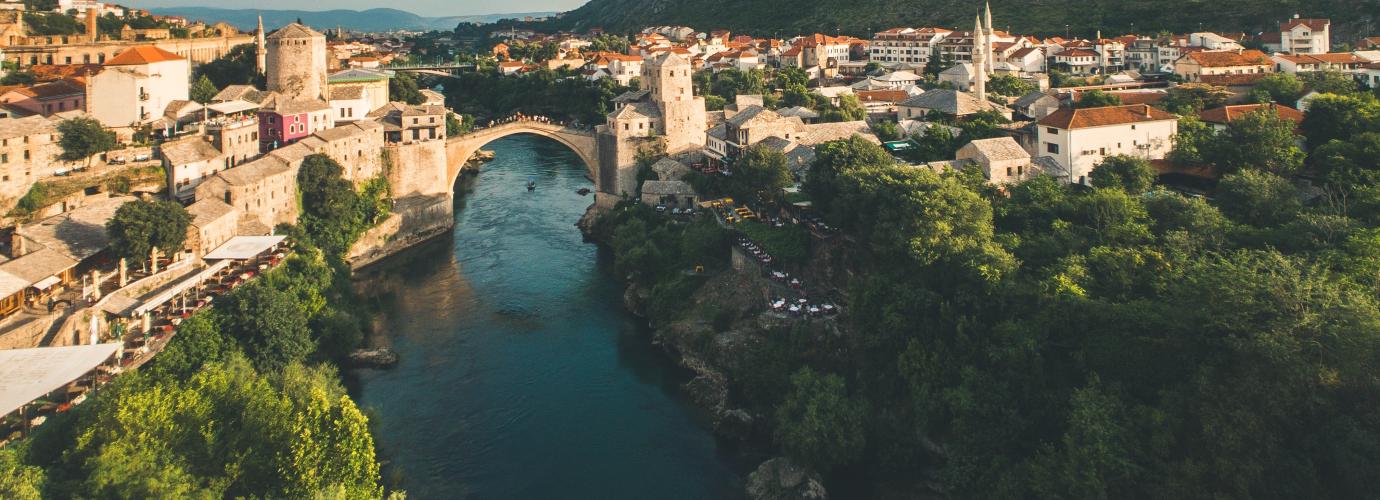Branches of study
Universities implement at least five different study programmes from at least three scientific fields - natural sciences, technical sciences, biomedicine and biotechnology sciences, social sciences and humanities, natural sciences and mathematics and art.
Admission requirements
Requirements for admission to another study are prescribed by the general acts of the institutions of higher education. Admission to the second cycle study is organized every year in late June and the first days of July for the approved seats. Students funded from the budget and self-financing students - candidates are required to submit with their application: a birth certificate, original or certified copy of the diploma of the first cycle study, a transcript of examinations passed, study curriculum completed by the applicant (if I cycle was completed at another faculty) and proof of payment. The second registration period is announced in September for the vacant seats.
Curriculum
The curriculum is announced before the beginning of classes for the next academic year in such a way as to be accessible to the public. The curriculum defines the duration of studies, courses and their schedule by semesters and years and the number of hours for various forms of teaching. Study programme is a set of mandatory, elective and optional subjects, with framework content whose adoption provides necessary knowledge and skills for obtaining the appropriate level and type of studies. Study programme determines the titles and objectives of the study programme, a model programme of study, a field which the study programme belongs to, type of study and outcomes of the process of learning, professional, academic and scientific title, the conditions for entry, the list of subjects, method of study and examination, duration of studies, credit value of each course.
The second cycle studies lead to the academic title of Master or equivalent, obtained after completing undergraduate studies, lasting for one or two years, and are evaluated with 60 or 120 credits. Along with the first cycle credits it makes a total of 300 ECTS credits, encompassing duration of study and credits value of each subject.
Teaching methods
The higher education institution prescribes the forms and methods of teaching in the structure of the study programme. Depending on where the teaching is carried out it can be organized in small or large groups, frontally or in teams, using audiovisual aids, textbooks, manuals and like. Books and other aids are available in the libraries of universities or colleges.
Progression of students
Student success in mastering a teaching subject is continuously monitored during the classes, in the manner prescribed by the study programme. The student takes the exam at the end of teaching in a particular subject.
Employability
Students are responsible to follow the labour market and seek to be informed through the media, job fairs, employment services or advisory bodies on employment opportunities.
Student assessment
All forms of assessment are public. The success a student makes at the examination is assessed from 5 (failed) which is not recorded in the student's book-index to 10 (outstanding achievement). General acts of the HEI closely regulate the manner of carrying out examinations and their grading. The examination periods are January-February, June-July and September. HEIs may also approve the April period. The exam period contains two terms.
Certification
Based on data from the records, the HEI or art academy issues a public document in accordance with the law, regulations and statutes. Public documents include:
- Student's book
– index
- Diploma on Higher Education
- Diploma Supplement
- Transcript of Examinations.

